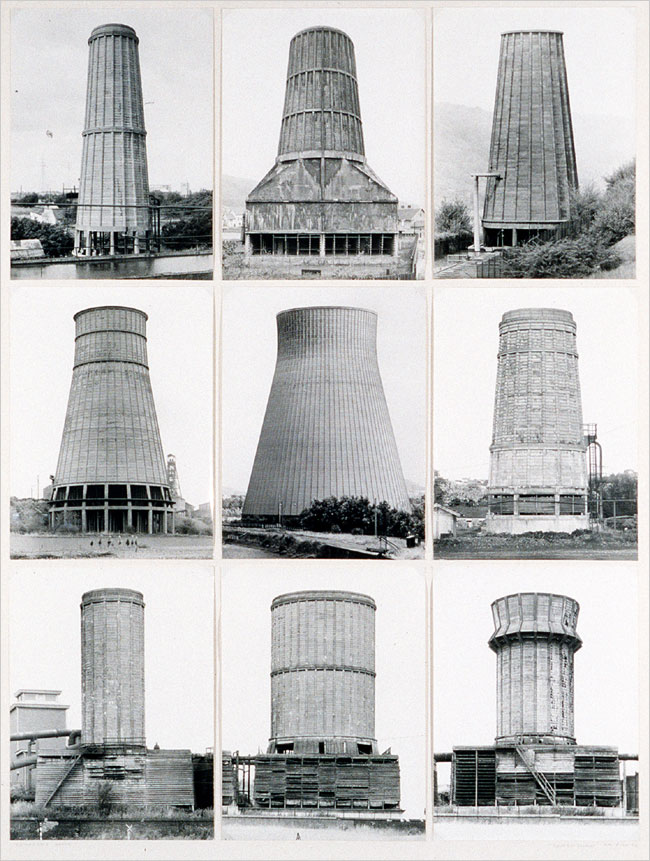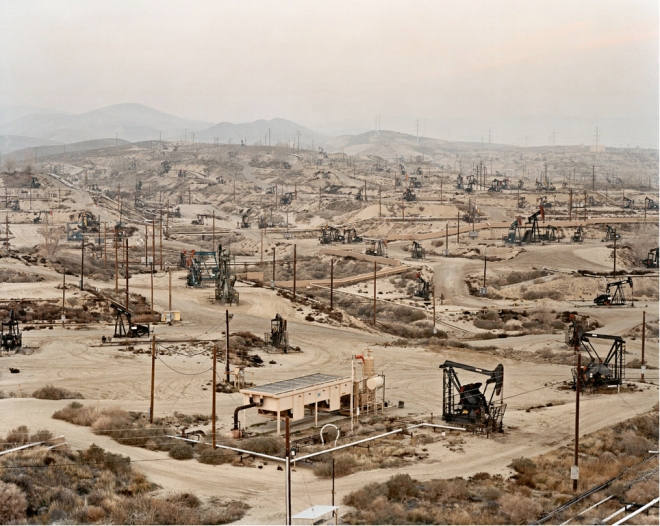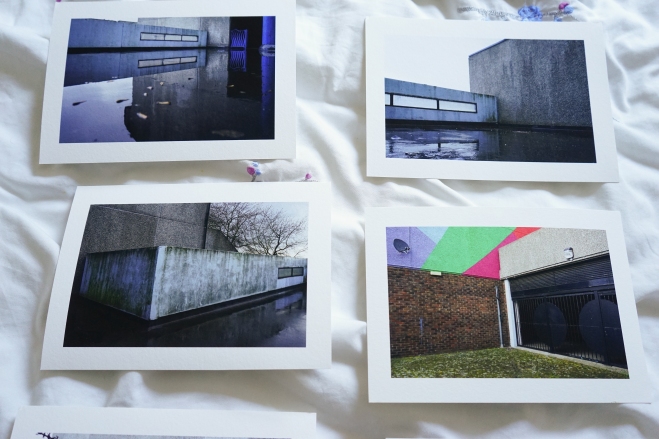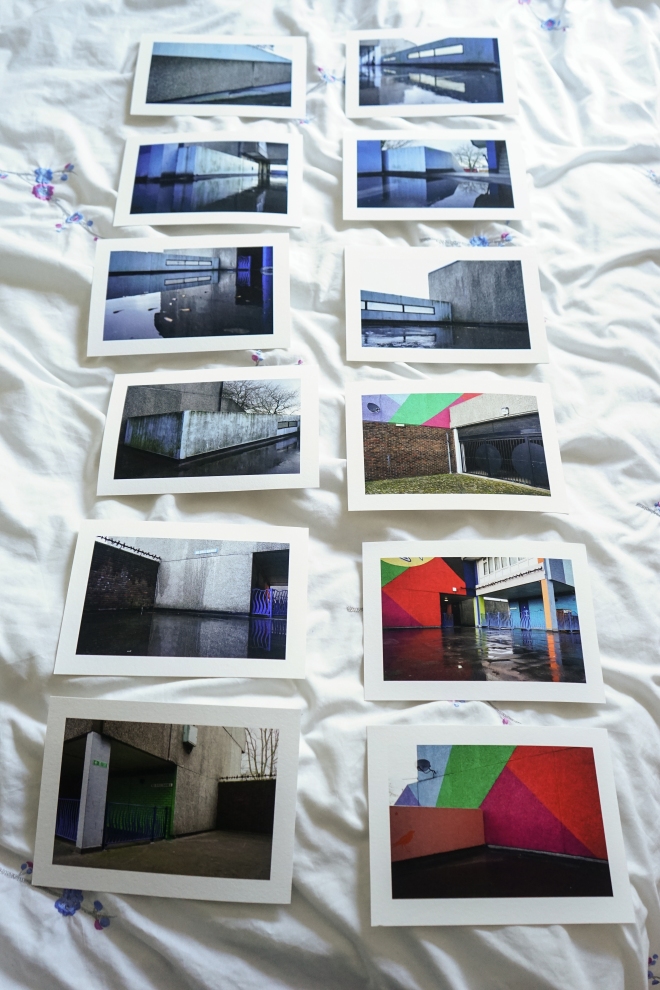As a follow up to the previous post on the ‘New Topographics’, my reading has led me to explore the ideas of ‘deadpan’ in photography. Although this is a term thrown around quite loosely for a wide variety of work, I would like to focus on certain artists who have attracted the moniker.
In her book ‘The Photograph as Contemporary Art’, Charlotte Cotton focuses on ‘deadpan’ and examines a fascinating series of images. One immediate reaction of the viewer is to perceive an emotional detachment on the part of the photographers – it is as if they want to convey to their audience an objective reality, devoid of the photographer’s personal interpretation. Cotton maintains that ‘the adoption of a deadpan aesthetic moves art photography outside the hyperbolic, sentimental and subjective’ (Cotton, P.81). In other words, interpreting the subjects and understanding meaning is left to the audience and ‘our sense of what the photographers’ emotions might be is not the obvious guide to understanding the meaning of the images’ (Cotton, P.81).
Perhaps one of the more interesting facts Cotton touches on is what the ‘deadpan’ aesthetic has done for photography within the art world. It can perhaps be traced back to the emergence of the Bernd Becher as an artist and those that studied under his tutelage:
‘The “deadpan aesthetic” we see today is often characterised as “Germanic”. This moniker refers not only to the nationality of many of the key figures but also to the fact that a significant number were educated, under the tutelage of Bernd Becher, at the Kunstakademie in Dusseldorf, Germany.’ (Cotton, P.82)
This school was the catalyst that broke photography education and learning away from the emphasis on it as a vocational and professional pursuit – for example with photojournalism or commercial photography – to that of ‘artistically led pictures’. The Bechers’ collaborative series of black and white photos of German industrial architecture, obsessive in its formalism and rigorous in its approach, employed large format cameras and plate negatives on which were captured industrial buildings such as cooling towers (see below).
 Bernd and Hilla Becher; study of concrete cooling towers; 1972
Bernd and Hilla Becher; study of concrete cooling towers; 1972
Each of the towers ‘… is photographed from the same perspective, notes on each are taken, and a typology is systematically created.’ (Cotton, P.83) The Bechers photographed the industrial landscapes of Germany and Europe at a time when it was disappearing as societies of western Europe shifted to a post-industrial world.
The influence of the Bechers’ work can be seen on their students as well, particularly with that of Andreas Gursky. He works on a large scale, using large format cameras for maximum clarity and digital post-production to refine, and exhibits hard-hitting prints that are often up to 2 metres high and 5 metres wide. What is quite unique about Gursky however is that he often creates images that are not ‘primarily contingent on being viewed as part of a series’ (Cotton, P.83). He works more like a painter than a photographer, refining a single work rather than hingeing on a set of images. His signature high vantage points leaving the viewer feeling remote from the subjects (see below), typical of the ‘deadpan aesthetic’.
 Andreas Gursky; Chicago, Board of Trade II; 1999
Andreas Gursky; Chicago, Board of Trade II; 1999
In the same vain as Gurksy and the Bechers, Ed Burtynsky’s work focuses on the man-made landscape. His 12-year work on the topography of oil, perhaps best evidenced by the image below of the Californian oilfield. Cotton makes an intriguing observation concerning Burtynsky’s work:
‘While social, political, and ecological issues are embedded into his subjects, they are visualised as objective evidence of the consequences of contemporary life.’ (Cotton, P.86)
Cotton highlights that the underpinning principle of the ‘deadpan aesthetic’ is that the photographer is relaying information impartially, despite what the viewer may interpret about the artist’s intention.
 Edward Burtynsky; Oil Fields #13, Taft, California; USA 2002 © Edward Burtynsky/Courtesy of Hasted Hunt Kraeutler, New York/Nicholas Metivier Gallery, Toronto
Edward Burtynsky; Oil Fields #13, Taft, California; USA 2002 © Edward Burtynsky/Courtesy of Hasted Hunt Kraeutler, New York/Nicholas Metivier Gallery, Toronto
Consequently the deadpan photographer brings personal politics into play by selecting the subject matter and ‘anticipating the viewer’s reaction to it” (Cotton, P.86) rather than through any explicit political statement through style or text.
The deadpan aesthetic is a huge field and there are a lot of artists with a wide range of subject matter. However looking at these three photographers work – quite similar in subject matter – has been fruitful in terms of informing my understanding of the ideas behind deadpan and the context artists such as Andreas Gursky learned their craft in.
References
Charlotte Cotton; The Photograph as Contemporary Art; Thames and Hudson 2004


 Bernd and Hilla Becher; study of concrete cooling towers; 1972
Bernd and Hilla Becher; study of concrete cooling towers; 1972 Andreas Gursky; Chicago, Board of Trade II; 1999
Andreas Gursky; Chicago, Board of Trade II; 1999  Edward Burtynsky; Oil Fields #13, Taft, California; USA 2002 © Edward Burtynsky/Courtesy of Hasted Hunt Kraeutler, New York/Nicholas Metivier Gallery, Toronto
Edward Burtynsky; Oil Fields #13, Taft, California; USA 2002 © Edward Burtynsky/Courtesy of Hasted Hunt Kraeutler, New York/Nicholas Metivier Gallery, Toronto